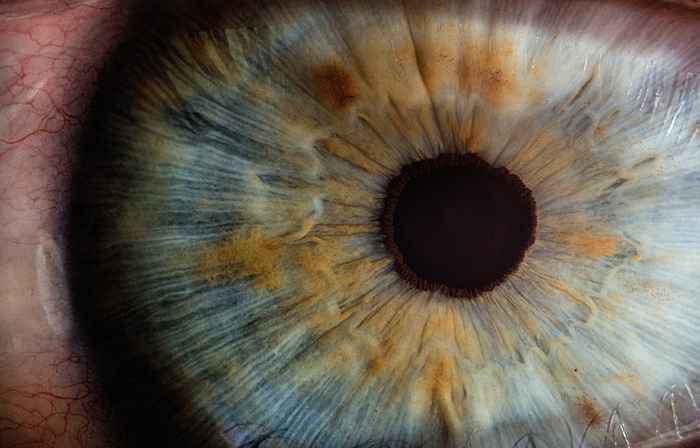Peak performance: Uncovering the neural mechanisms behind a century-old psychological law
29 January 2024

When faced with an upcoming test, students are frequently advised to ensure they are well-rested and, if possible, stress-free. This advice reflects one of psychology’s classic principles, proposed in 1908 by psychologists Robert M. Yerkes and John D. Dodson. The so-called Yerkes-Dodson law states that humans (and other animals) perform tasks optimally during mid-level arousal states (alert) and suboptimally during either low (drowsy) or high states of arousal (stressed or over-active). Despite the enduring popularity of Yerkes-Dodson, empirical evidence supporting it has been mixed.
Pupil-indexed arousal states
The UvA researchers had subjects undertake a variety of visual and auditory decision-making tasks, and analyzed the size of subjects’ pupils while they worked. The “pupil-indexed arousal states” were then linked to measurements of the subjects’ performance across the tasks. The team's analysis provided compelling evidence for the validity of the Yerkes-Dodson law, confirming the relationship between spontaneously fluctuating arousal levels and performance.
‘Our work consolidates the Yerkes-Dodson law as a fundamental principle in human decision-making,’ says co-first author Lola Beerendonk. ‘This not only enriches our fundamental understanding of human decision-making in the lab, but also lays the foundation for clinical applications.’ Simon van Gaal, senior author of the study, adds: ‘Understanding how arousal influences performance opens avenues for enhancing cognitive function in real-world scenarios, from educational settings to high-stakes professional environments. It may also have clinical applications – for example, dysregulated arousal is a prominent aspect of attention-deficit/hyperactivity disorder (ADHD).’
Neural mechanisms
To explain the neural mechanisms underlying the Yerkes-Dodson law, the researchers constructed a computational neural network model which revealed the complex interplay of several cell types in the brain. Specifically, it showed how that interplay regulates the activity of neurons involved in decision-making as a function of arousal. ‘Our mechanistic model is a significant step toward unraveling the neural basis of the Yerkes-Dodson law,’ explains Jorge Mejias, the other co-first author of the study. ‘By identifying the role of particular neurons influenced by arousal during task performance, the model offers specific physiological predictions for future studies in neurobiology, psychology and artificial intelligence.’
Publication details
Lola Beerendonk, Jorge F. Mejías, Stijn A. Nuiten, Jan Willem de Gee, Johannes J. Fahrenfort, and Simon van Gaal: A disinhibitory circuit mechanism explains a general principle of peak performance during mid-level arousal. Proceedings of the National Academy of Sciences: https://doi.org/10.1073/pnas.2312898121